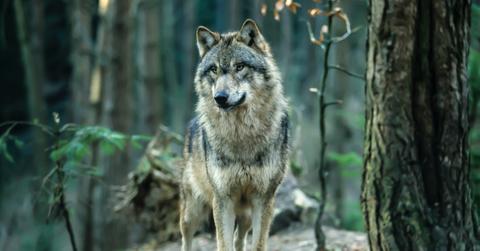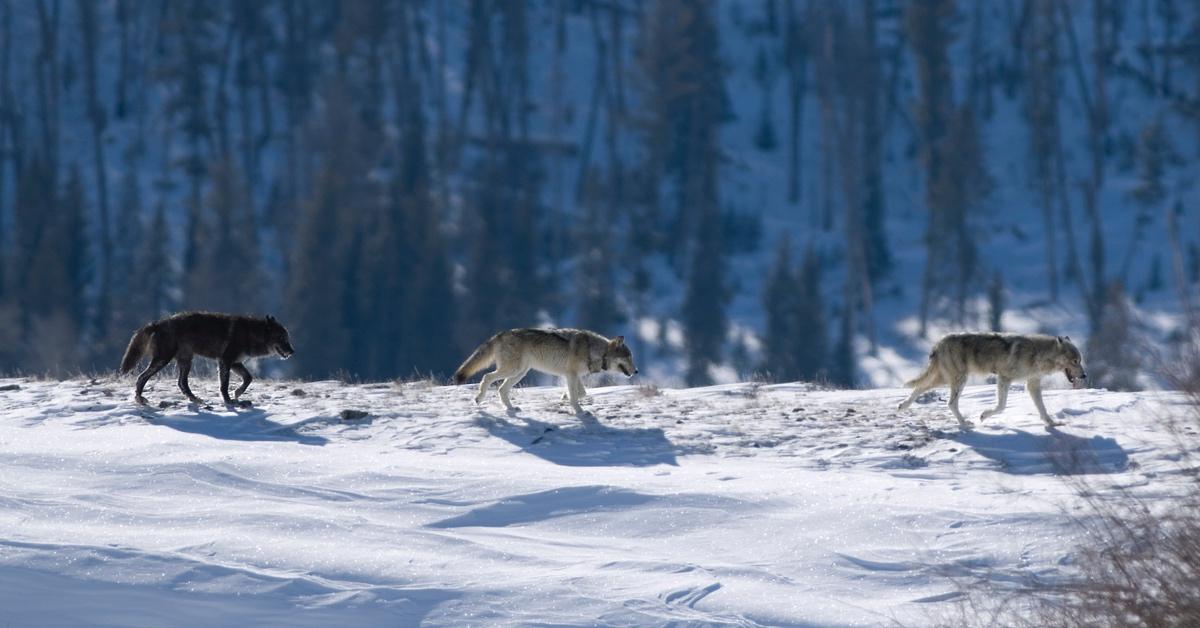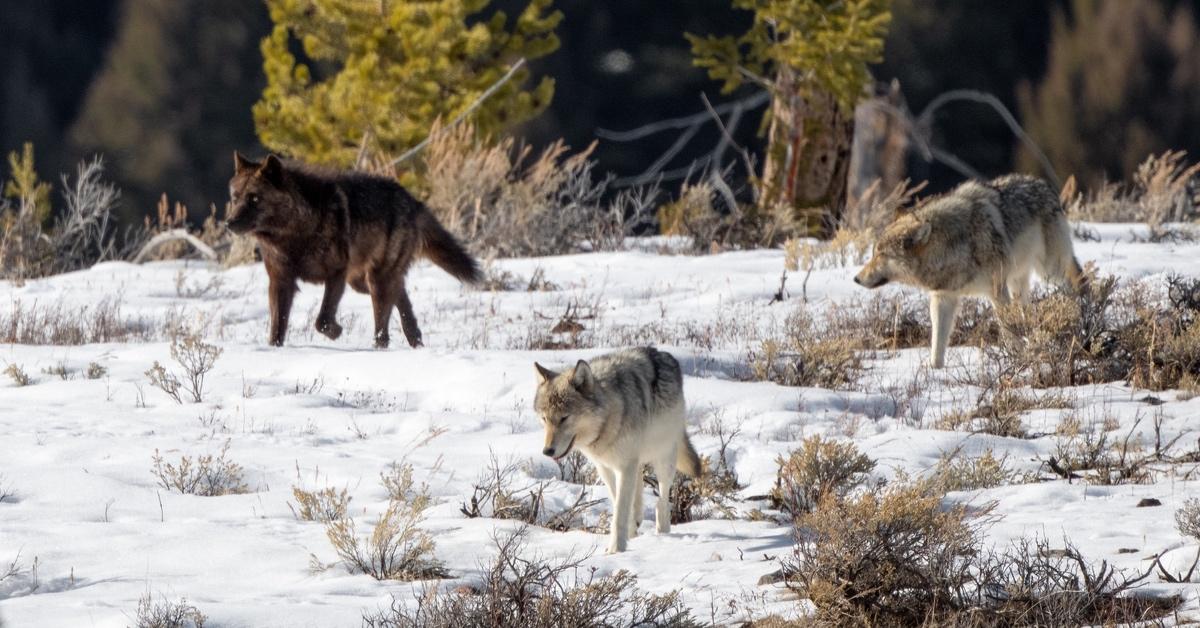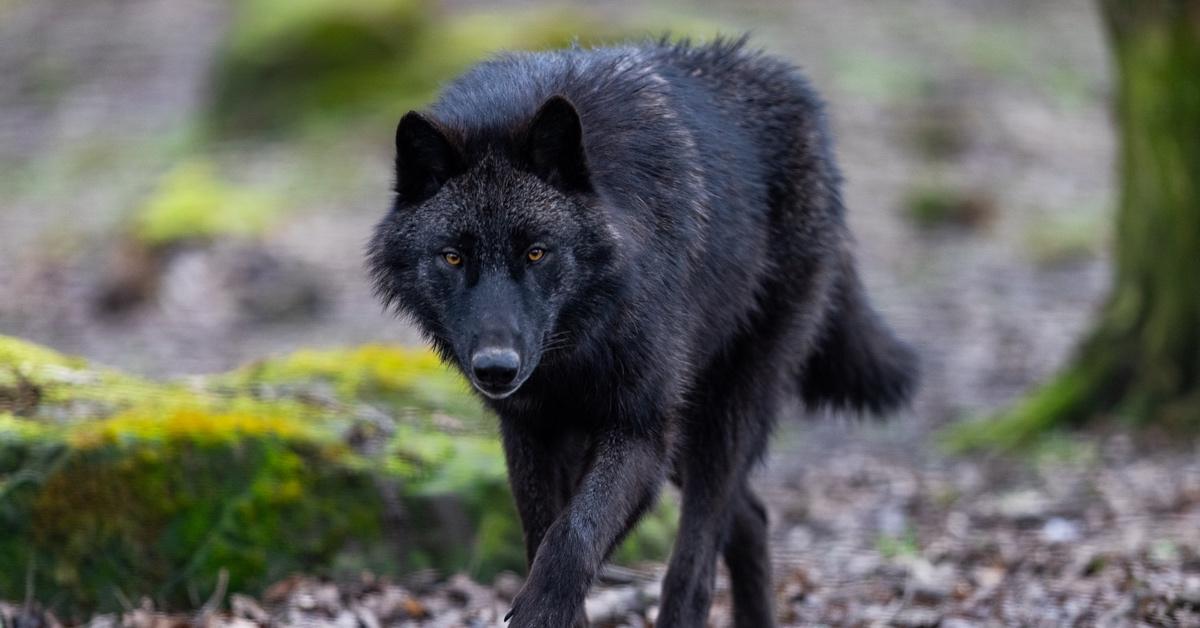Are Wolves the Key to Curing Cancer? Wolves in Chernobyl May Have Mutated to Resist Cancer
A 2014 research trip into the Chernobyl Exclusion Zone has led to a wealth of discoveries — including that wolf genetics may hold the key to curing cancer.
Updated Feb. 12 2024, 3:08 p.m. ET

The 1986 Chernobyl disaster is widely remembered as a dark day in human history. With more than 100,000 people evacuated from the city, the site of the most famous nuclear reactor meltdown was turned into an exclusion zone to protect people from radiation. Over 30 years later, the Chernobyl Exclusion Zone (CEZ), a 1,000-square-mile area, is surprisingly lush.
Humans have not returned, but animals such as dogs, horses, and wolves are thriving in the wastelands. An evolutionary biologist, Dr. Cara Love, led a 2014 research trip to the CEZ and presented astounding results in early 2024.
It seems wolves have mutated immune systems that might allow them to become resistant to cancer. Here's what to know.

A study of wolves in Chernobyl reveals that they have mutated immune systems to potentially resist cancer.
According to Sky News, findings presented by Dr. Cara Love at the annual Society of Integrative and Comparative Biology meeting in 2024 revealed much about the state of wolves in Chernobyl.
Dr. Love's research team visited the CEZ in 2014 to put radio collars on wolves to track their movements. The research team's initial visit aimed to determine how wolves have survived despite generations of radiation exposure.
She told Sky News that the collars helped track "real-time measurements" of the wolves' locations and their radiation exposure.

The research team also took blood samples from wolves for further study, and what they found was extremely revealing!
First, Dr. Love's team learned that wolves are exposed to at least 11.28 millirem daily, estimated to be more than six times the amount humans can safely be exposed to. A rem is a unit of measurement for radiation, with a millirem being one one-thousandth of a rem, according to the Nevada National Security Site.
In her assessment of the wolf blood, Dr. Love discovered that wolves' immune systems mutate similarly to cancer patients undergoing radiation treatment. Even more exciting, however, was that she identified parts of the wolves' genetic sequences that seemed to resist cancer. Many hope these findings could lead to better cancer-fighting technological innovations, but first, Dr. Love's research team needs more information.
Dr. Love and the team have not returned to Chernobyl since 2014 thanks to the coronavirus pandemic and Russia's invasion of Ukraine.
There have been previous studies on the wildlife of Chernobyl, including a study in 2016 that said humans were worse for the animal population of Chernobyl than radiation and a 2023 study of stray dogs there.

More than 60 rare species of animals have resurfaced in the CEZ.
The United Nations Environment Programme (UNEP) reported in 2020 that researchers discovered a resurgence in animal populations to Chernobyl, including (but not limited to) deer, lynxes, bison, storks, brown bears and more.
Since 2015, the Global Environment Facility has funded a collaboration between the UNEP and Ukraine’s Ministry of Ecology and Natural Resources and the State Agency of the CEZ to support the return of wildlife to the area.
Nick Beresford from the UK Centre for Ecology and Hydrology is one of many scientists who have researched Chernobyl's blossoming wildlife population, and the results are astounding. "Our camera trap surveys in Ukraine have photographed Eurasian lynx, brown bear, black storks and European bison. Ukrainian and Belarussian researchers have recorded hundreds of plant and animal species in the zone, including more than 60 [rare] species," he said.